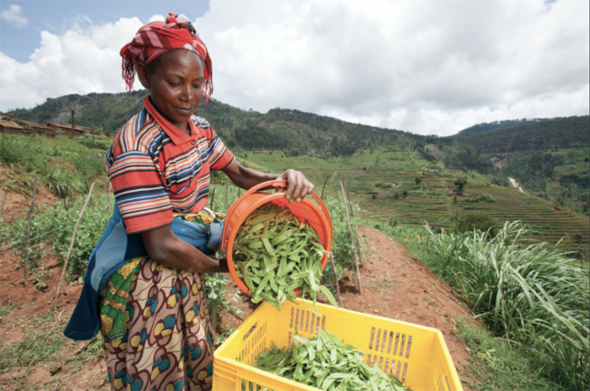J-PAL develops guide to measure women and girls' empowerment
Aims to reduce bias and other gender-based inequalities

“If measurement techniques are inaccurate, it can be difficult to understand whether programs are effective, and how to improve on existing approaches."
— Claire Walsh, Senior Policy Manager, J-PAL
Women make up half the world’s population, but just 12 percent of the world’s heads of state and government. This disparity underscores a persistent reality in the 21st century: Despite steady advances in women’s rights in recent decades, gender norms and biases continue to constrain human potential around the world.
A growing number of policymakers believe that investing in women and girls’ empowerment can reduce these and other gender-based inequalities. The United Nations' Sustainable Development Goal 5, for example, seeks to achieve gender equality and empower all women and girls. Increasing empowerment is also seen as a promising strategy to unlock greater economic growth in low- and middle-income countries.
In order to design effective policies and programs, however, researchers, policymakers, and practitioners must be able to accurately measure women’s and girls’ empowerment. A new research resource from MIT’s Abdul Latif Jameel Poverty Action Lab (J-PAL) addresses this challenge.
Browse more SHASS Stories about the Human Factor
Suggested links
Abdul Latif Jameel Poverty Action Lab